Nothing tests your cooking skills quite like food challenges, not to mention ones that are historically-inspired. Some of these might be difficult, but they’ll definitely be interesting — and educational!
Medieval Feast Challenge
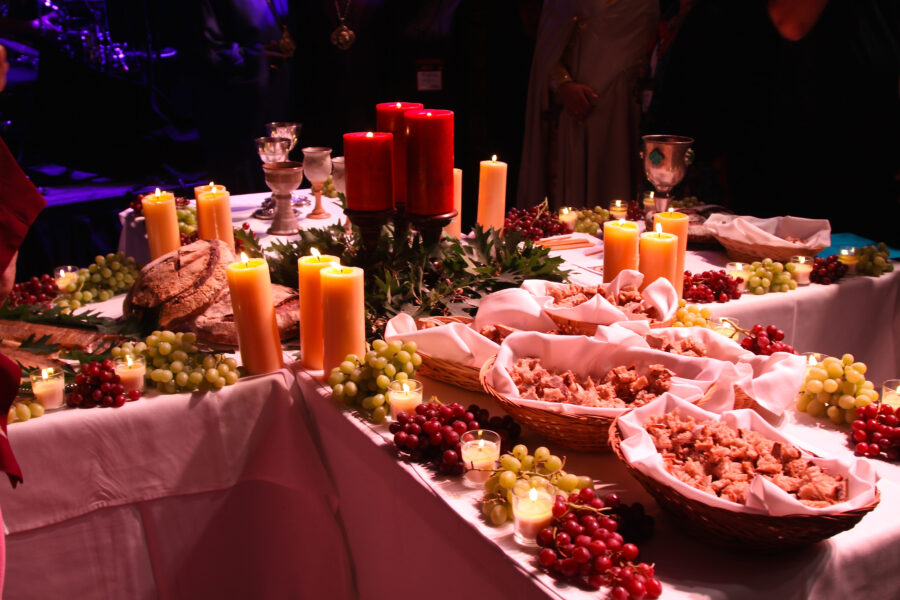
So, the Medieval period spans centuries, meaning lots of different foods. If you’re having some difficulty coming up with dishes, take some inspiration from Game of Thrones food.
We’ll be zeroing in on the more elaborate meals of the nobility. Boar hunts were popular, so you can serve up some boar (or plain, old pork).
Interestingly enough, people often used almond milk as a substitute in recipes calling for dairy. Sugar also wasn’t widely available, so natural sweeteners like honey were used.
Pioneer Cooking Challenge
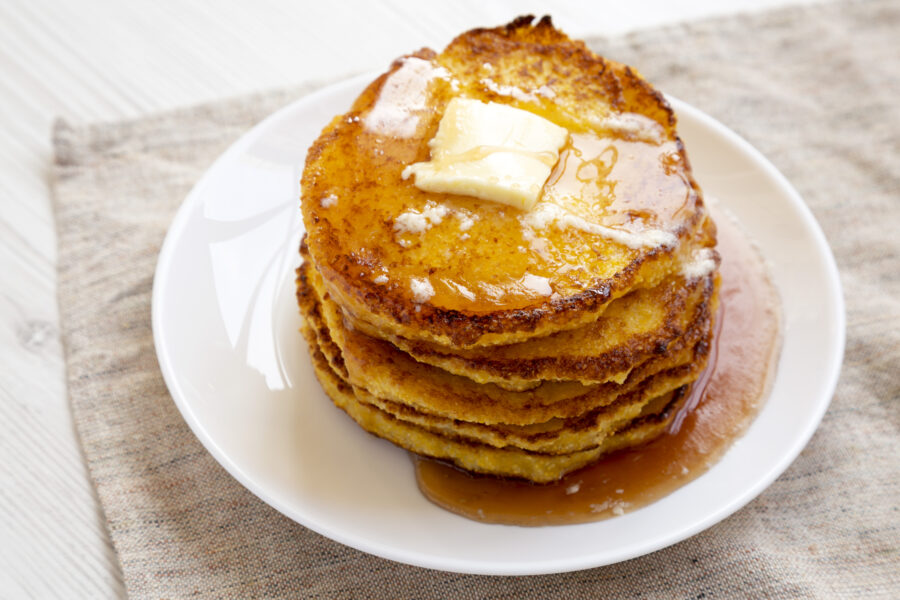
This historical food challenge might not be too appetizing. After all, the pioneers in the American west were not exactly known for their easy lifestyle.
So, what exactly did they eat? Well, they didn’t have access to a wealth of ingredients, so the meals were pretty simple. At least this’ll be easy.
One pioneer staple was johnnycakes, which actually originate with North American indigenous people. To make, you need cornmeal, buttermilk, molasses, eggs, and flour. They’re like pancakes.
Victorian-Era Food Challenge
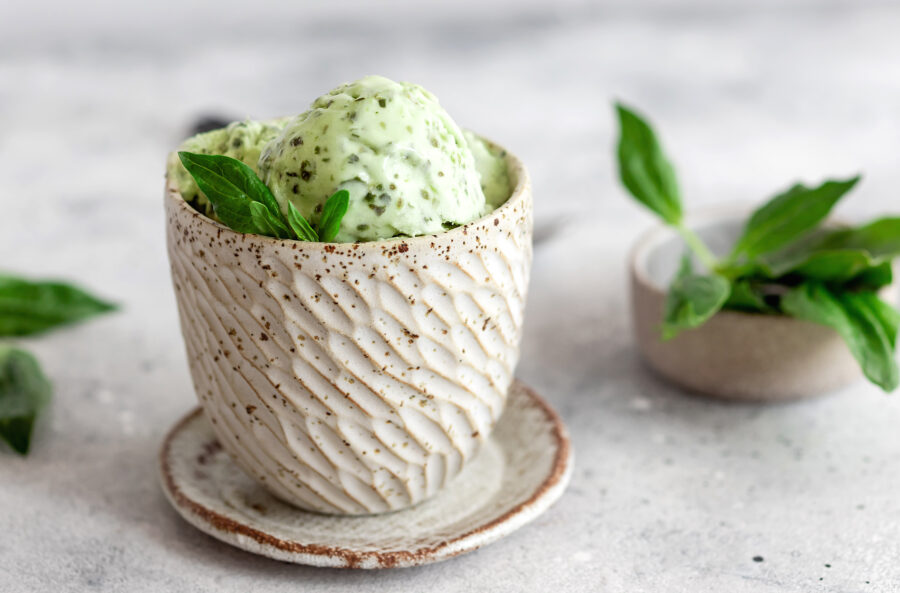
Food from the Victorian era was not pleasant. Thankfully, there’s lots of recipes to choose from, so you don’t have to go for the worst and the weirdest.
It wouldn’t qualify as a food challenge if you went for the easiest recipes, though. If you want to push the envelope, try to make spinach ice cream.
If you don’t get grossed out easily, try love in disguise, or stuffed cow’s heart. Some Victorian recipes are downright unhealthy, though. Please don’t try broxy!
Colonial America Cooking Challenge
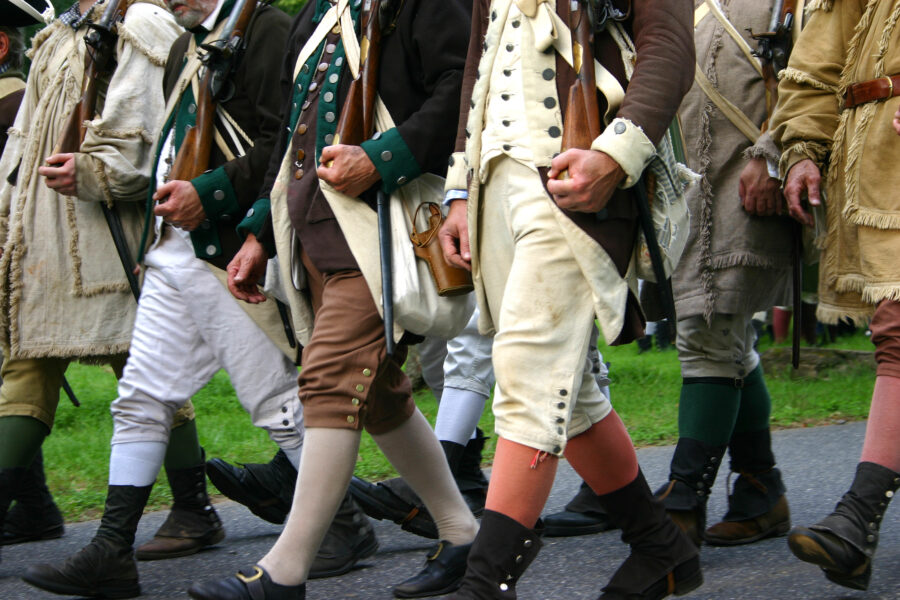
In colonial times, people tended to eat simply. This is especially true in earlier colonial days, when people were first getting settled in new lands.
As to be expected, they took a lot of inspiration from British foods, like syllabub. This is a type of dessert made from wine and cream.
Colonial settlers also ate a lot of meat, but they couldn’t buy it pre-packaged at Price Chopper. They hunted their own small game, like pigeons and rabbits.
Spartan Meal Challenge
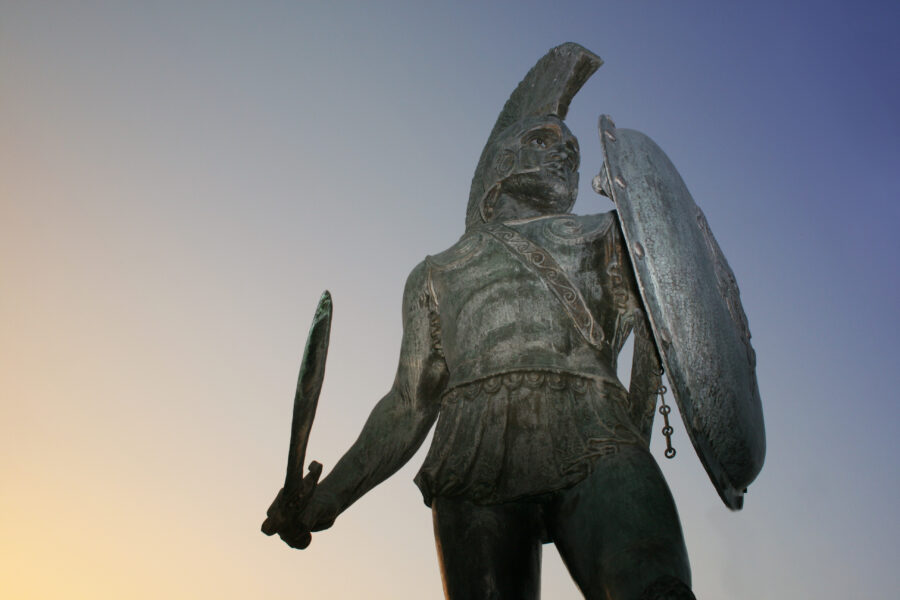
Ancient Greece wasn’t unified. It was separated into lots of different city-states, which had their own cultures, forms of government, and, of course, food.
Spartans are known for their militaristic culture and simple lifestyle. As you can imagine, ancient Spartan food wasn’t exactly the most elaborate or appetizing.
Boiled pig’s leg was popular, served in a blood broth with vinegar. Yum! To soften the blow, they often ate this alongside wine and fruits.
Aztec Cuisine Challenge
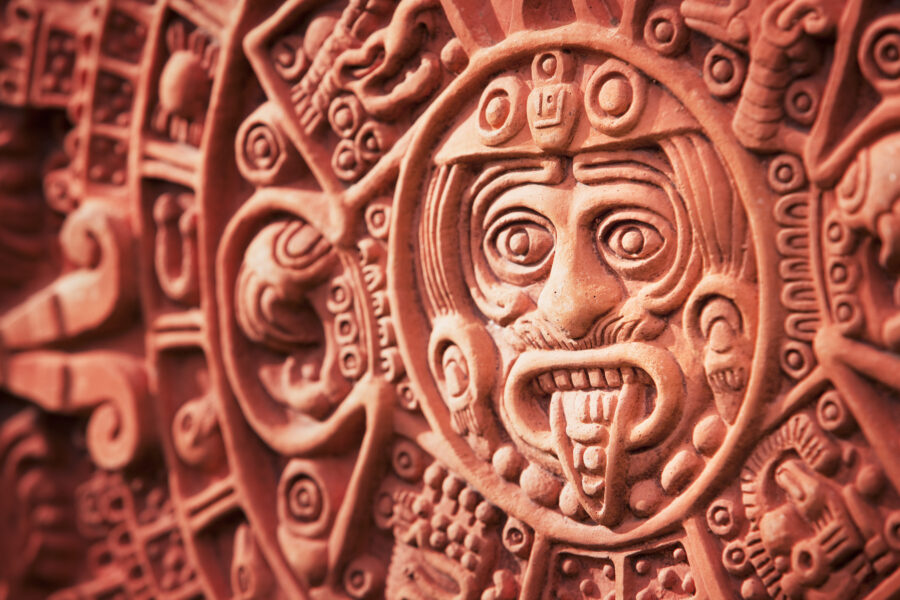
Chocolate was popular at Aztec feasts, though it was far from your standard Hershey’s bar. We’re talking bitter cacao. Getting milk chocolate would be cheating.
Maize was also an Aztec staple, though, unlike cacao, it wasn’t just saved for special occasions. It was an everyday staple, alongside beans and squash.
This food challenge involves limiting your meat intake — the Aztecs weren’t huge meat eaters. Still, they weren’t vegans. They ate whatever was around, including iguanas and rabbits.
Wild West Chuckwagon Challenge
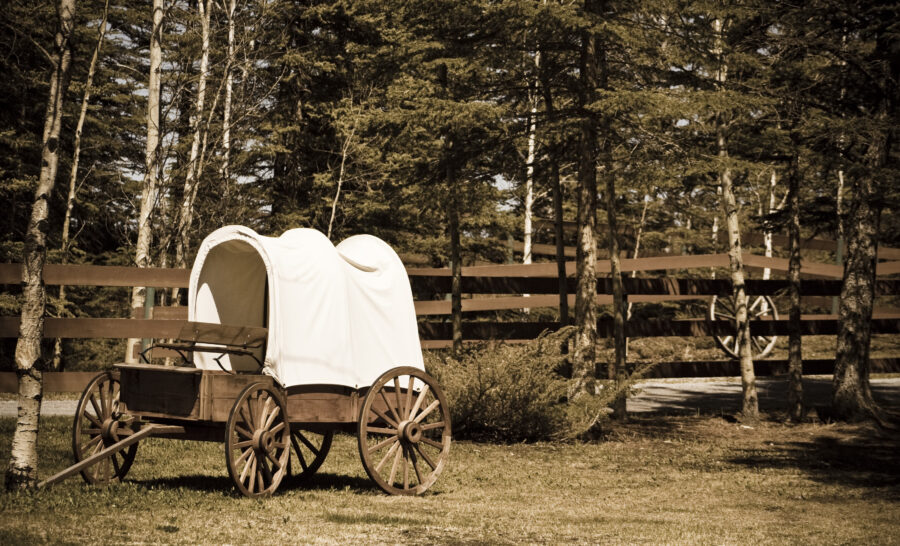
Similar to the pioneer challenge, only you’ll be eating whatever foods could be kept in a chuckwagon. We should probably go over what a chuckwagon is, first.
You know those wagons with the white canopies? That’s what people would travel in when migrating west. Chuckwagons, specifically, were meant for carrying food.
Biscuits, molasses, and beans were all on the menu. Canned food wasn’t widely available. So, when trying this food challenge, you’ll have to rely on drying and salting.
Ancient Mesopotamian Food Challenge
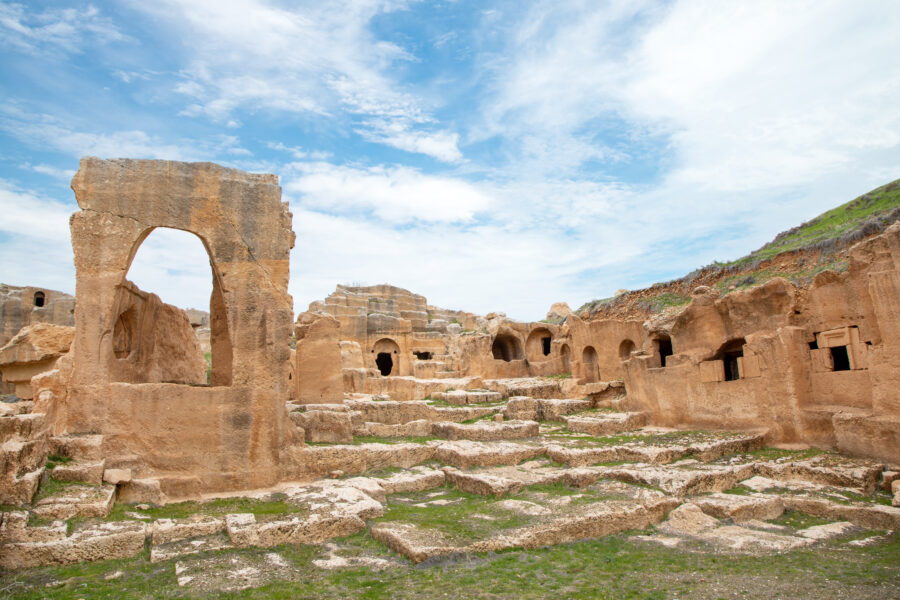
Mesopotamia is a geographic region in the modern-day Middle East, which contained some of the first settled civilizations. Naturally, they consumed what they grew along the Fertile Crescent.
The main crops were barley and wheat. Beer and bread are as old as time itself; there’s no way they wouldn’t be part of these food challenges.
Ancient Mesopotamians consumed a lot of fresh water fish, too, since they settled along the Tigris and Euphrates rivers. The waterfowl were also fair game.
Industrial Revolution Food Challenge

Industrial Revolution food was pretty simple. There’s some overlap between this time period and the Victorian Era, though, so “simple” doesn’t necessarily mean “good.”
Factory workers weren’t exactly eating like kings. Oatcakes, biscuits made of oatmeal, were a big thing, since they were cheaply and easily made in large quantities.
Coffee became popular during this time, since people needed to be awake for longer. With a coffee and oatcake breakfast, you’ll be eating like an Industrial Revolution-era worker.
Ancient Greek Agora Market Challenge
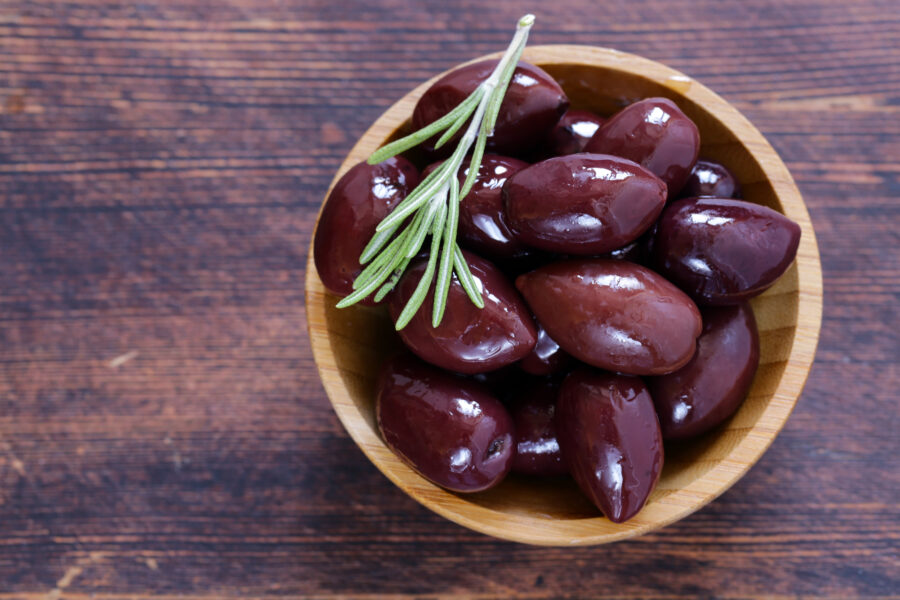
The agora was a large public space in ancient Greece, where people gathered and traded. Although it wasn’t reserved specifically for food, people did sell food here.
One of the most famous agoras was in Athens. Olives were an Athenian staple, so your meal should incorporate kalamata olives and olive oil.
Pastries were also sold at many an agora, mostly sweetened by honey. Bread made from barley (which was everywhere in the ancient world) was also popular.
Pre-Columbian Americas Food Challenge
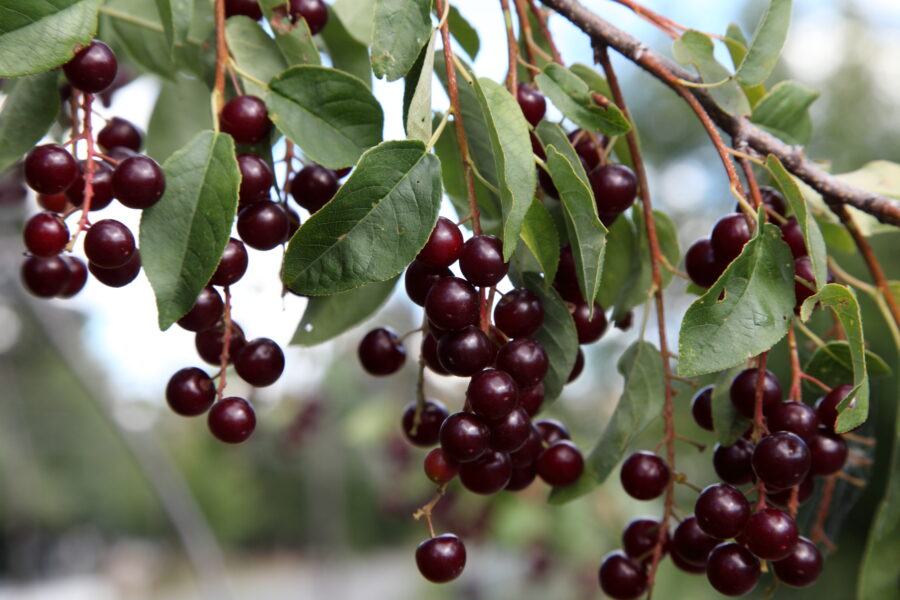
This is a fun food challenge. We’re so used to eating foods grown from all over the world, so it’s interesting to see what was available pre-Columbian Exchange.
We already touched upon this a little with the Aztecs. Maize, beans, and squash, like we said, were huge in the Americas before 1492.
Chokecherries, which are native to North America, were particularly big among Native American groups in the Plains. They were usually dried before being eaten.
Ancient Celtic Feast Challenge
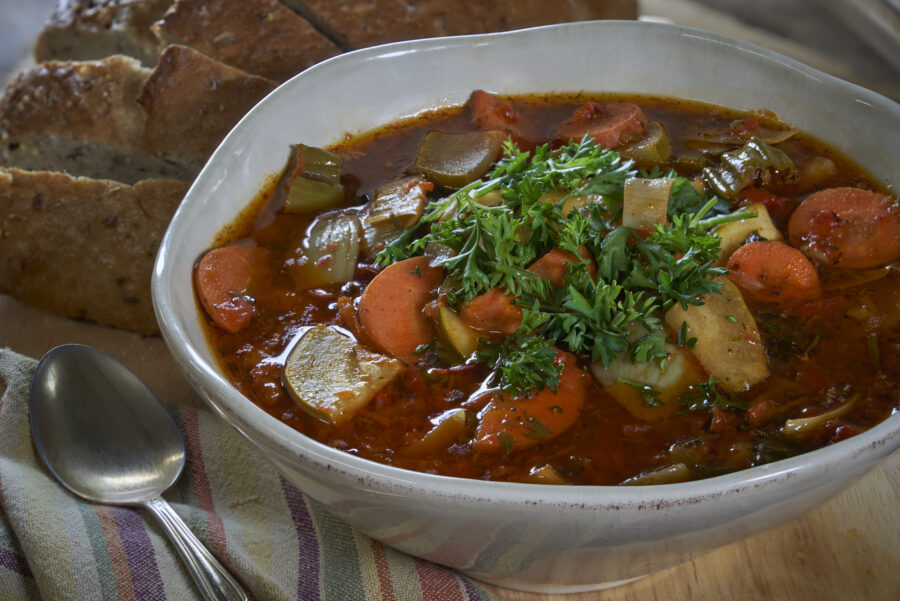
Put that potato down. Potatoes weren’t introduced to Europe until the 16th century. They didn’t even make their way to Ireland until almost a century later.
Cows, however, were a big part of Celtic cuisine and traditions. One of the most famous stories from Irish mythology centers around a cattle raid.
Ancient Celtic feasts were held on seasonal holidays. They often prepared stews in huge cauldrons to accommodate all the guests, and roasted meat over a spit.
Edo Period Kaiseki Challenge
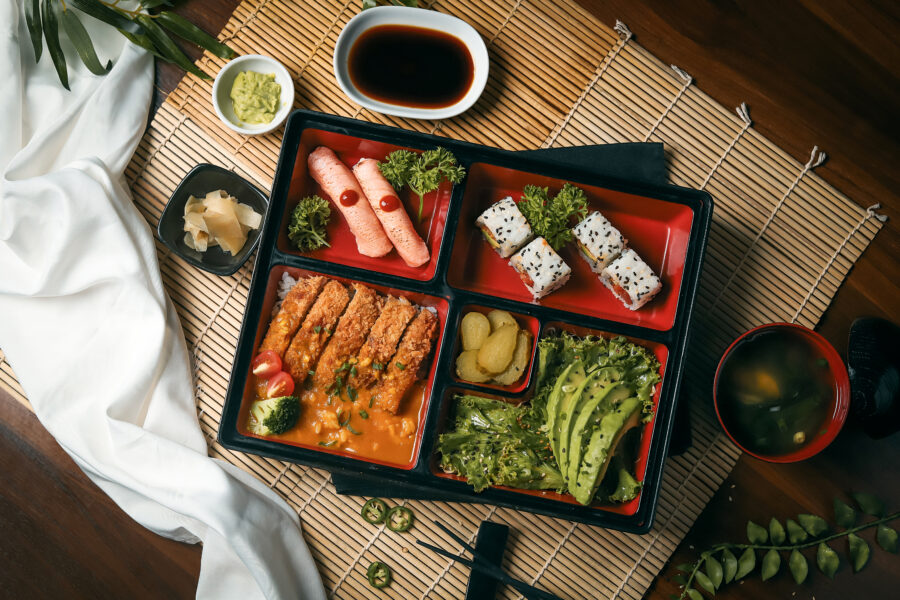
This is less about the type of food than it is the way it’s served. This is still followed in Japan today, though it’s become more flexible as time goes on.
Kaiseki is basically a multi-course meal, traditionally served with a side of miso soup. This became more widespread during the relatively stable Edo period.
The bento box is actually a casual form of kaiseki. There are different types of bento boxes, but the traditional ones include rice and fish.
Mughal Empire Challenge
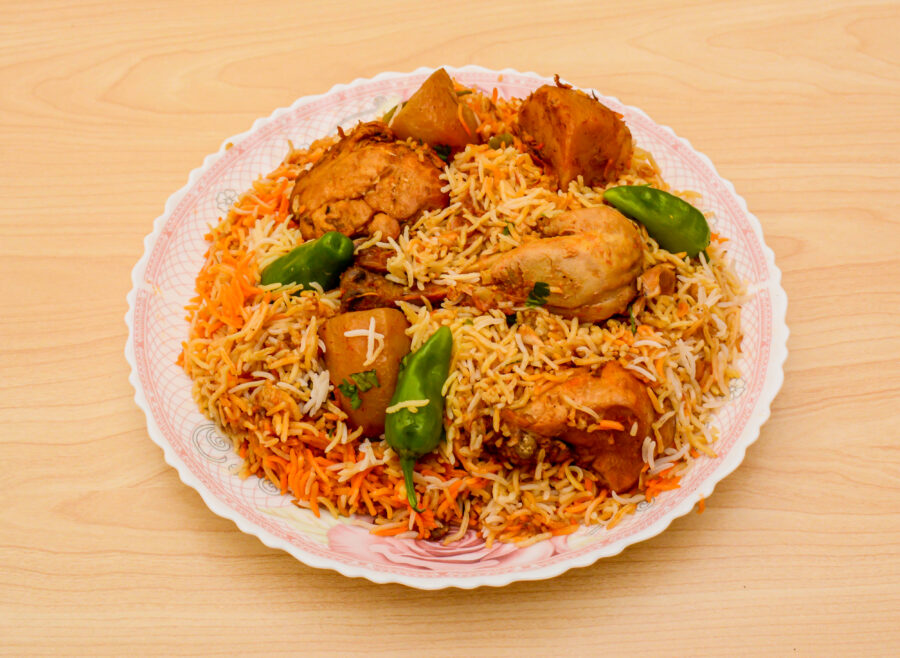
The Mughal empire spanned the Indian subcontinent and parts of modern-day Afghanistan from the 16th to 18th centuries. Mughlai cuisine shaped much of modern South Asian cuisine.
Mutton and poultry were the preferred meats, alongside a wide array of vegetarian dishes or versions. Biryani is a prime example. It remains super popular in South Asia.
It consists of rice, meat, and veggies, and has lots of regional variations. It’s often seasoned with cardamom, pepper, cloves, saffron, and chilis, among others.
Ancient Hebrew Cuisine Challenge
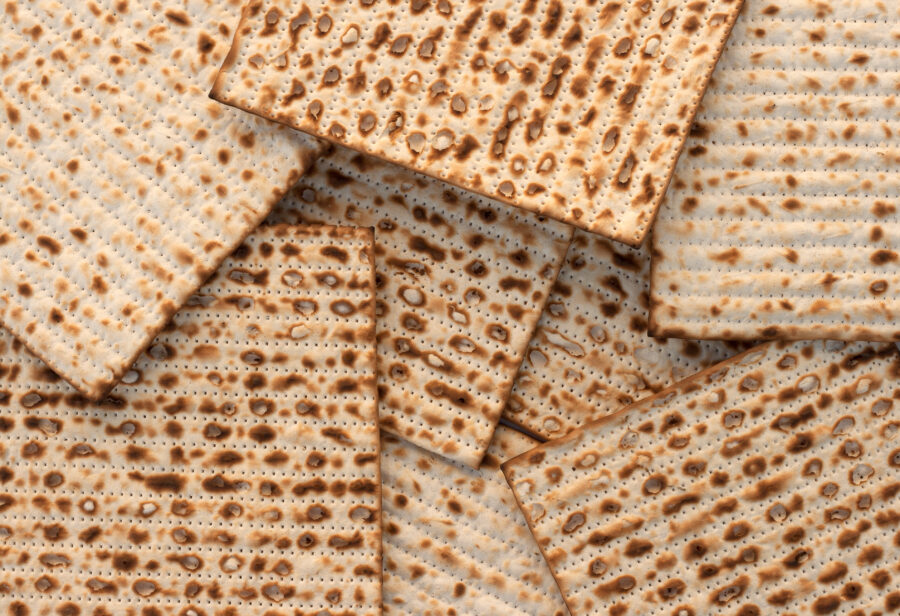
Rule number one of historical food challenges: you can’t escape barley. Like most ancient peoples, ancient Israelites farmed barley, and ate lots of barley-based foods.
One of the most well-known foods is matzo, or unleavened bread. As for fruit, they ate dates, figs, pomegranates, and grapes. In fact, grapes were a staple crop.
Honey was huge, and was often made from dates. It’s honestly not that much different from Greece, which is unsurprising, seeing as they’re both in the Mediterranean.
Gold Rush Campfire Cooking Challenge
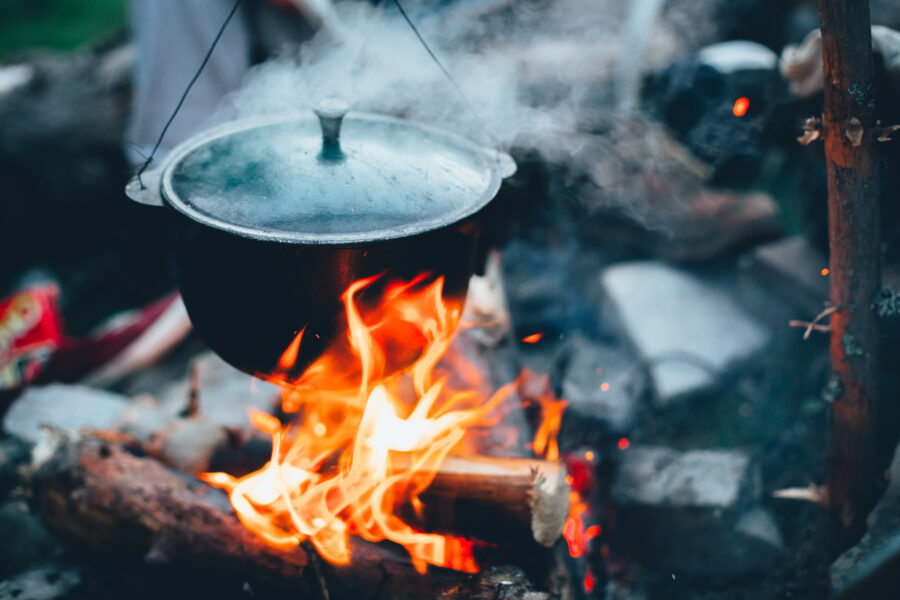
This is a lot like the other Wild West-inspired food challenges. So, if you liked those, try this one out! Campfire cooking has a lot of variations, though.
The differences depended not only on the specific region, but on the camp as well. Still, there are similarities. In general, people ate lots of bean soup.
Beans stayed edible for long stretches of time, so they were a staple. There’s also cowboy coffee, which was made with coarse coffee grounds and completely unfiltered.
Titanic Menu Challenge
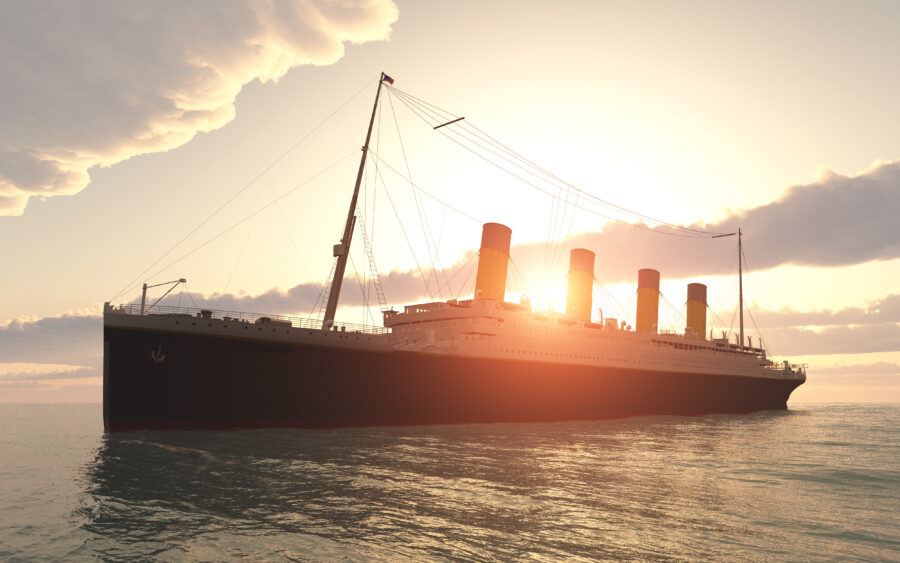
You ever wonder what was on the menu of the unsinkable ship? This food challenge involves cooking all of the meals available on the Titanic.
Of course, what was served depended on your cabin. The first class menu included delicious meals like roast beef, custard pudding, and apple meringue.
The third class menu leaves a lot to be desired. You could get roast beef for dinner, but it would come with a side of rice soup.
Puritan Diet Challenge
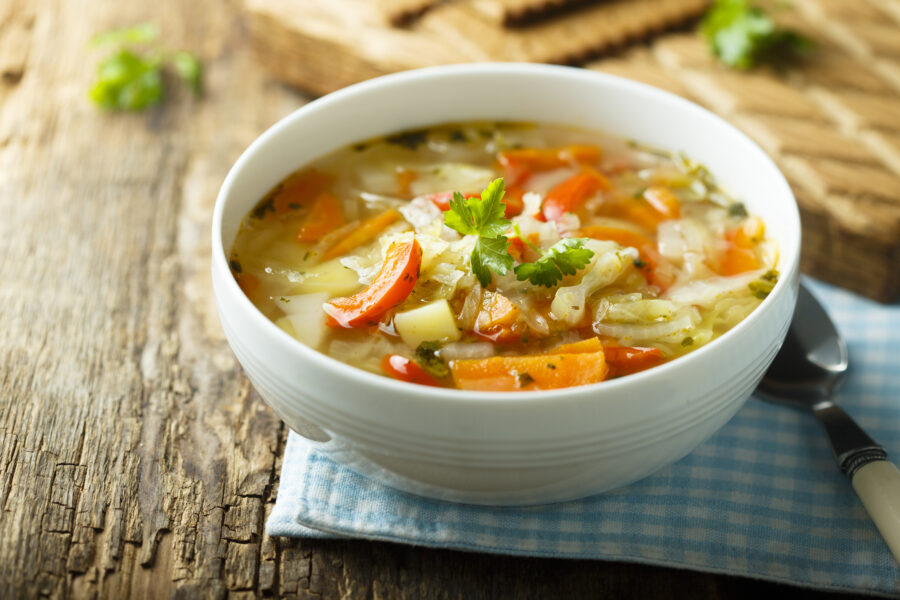
This may sound like one of those crazy restrictive 1990s diets. Still, you don’t have to do this for any longer than you want to!
It might not be as bad as you’d expect, though. The Puritans lived a very agricultural lifestyle, and ate lots of fresh meats and veggies.
For breakfast, they usually just ate plain porridge. Dinners were a little more elaborate. They liked their stews and vegetable soups, made with what they’d grown.
Ancient Olympic Athlete Diet Challenge
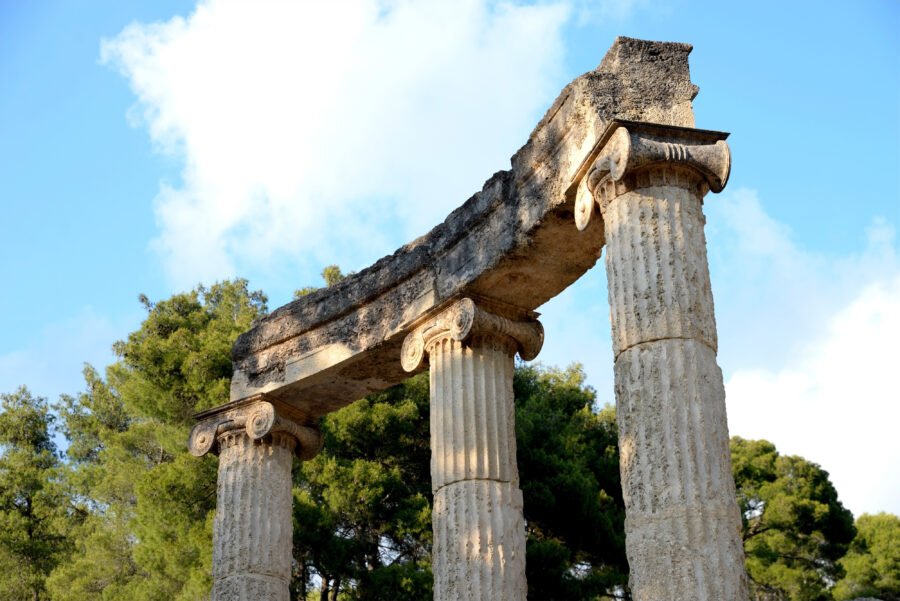
Athletes have always eaten much weirder food than the rest of us. So, it’s not surprising that ancient Olympic athletes ate differently than their peers.
A lot of it depended on the specific sport. Anankophagia, for example, was a specific diet that wrestlers followed, involving lots of pork, mostly for the fat.
Even weirder were the restrictions placed upon athletes. If you want to mimic an ancient Olympian’s routine, don’t go outside — too much sunlight was a no-no.
Ming Dynasty Street Food Challenge
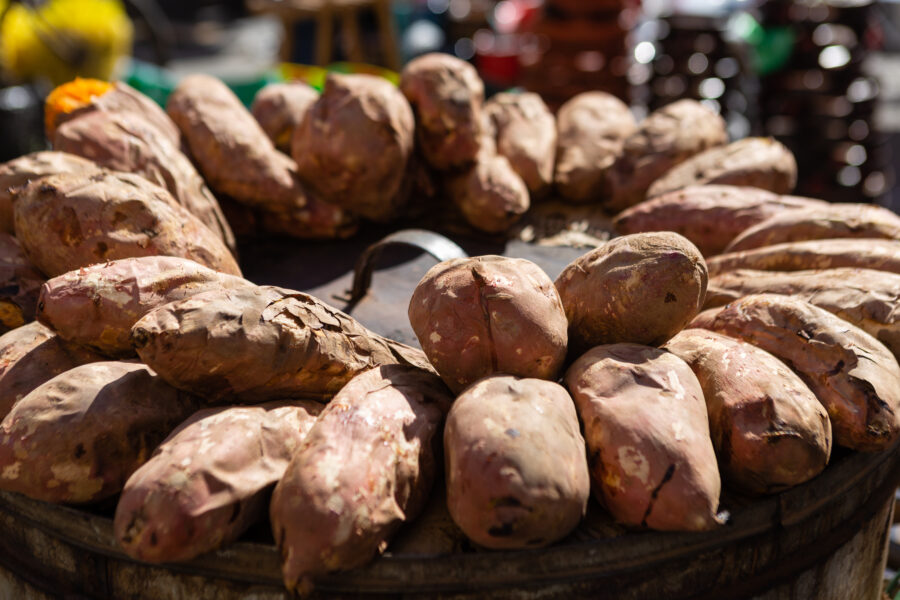
Chinese food, regardless of the era or where you’re buying it from, is almost always good. This is bound to be a fun challenge.
The Ming dynasty was from the 14th to the mid-17th century, which also overlapped with the Columbian Exchange. China gained access to foods that it never had before.
Even though rice was still their staple crop, people started to grow other foods, like sweet potatoes. Try incorporating sweet potatoes into Chinese dishes and see what works!
Middle Ages Monastic Diet Challenge
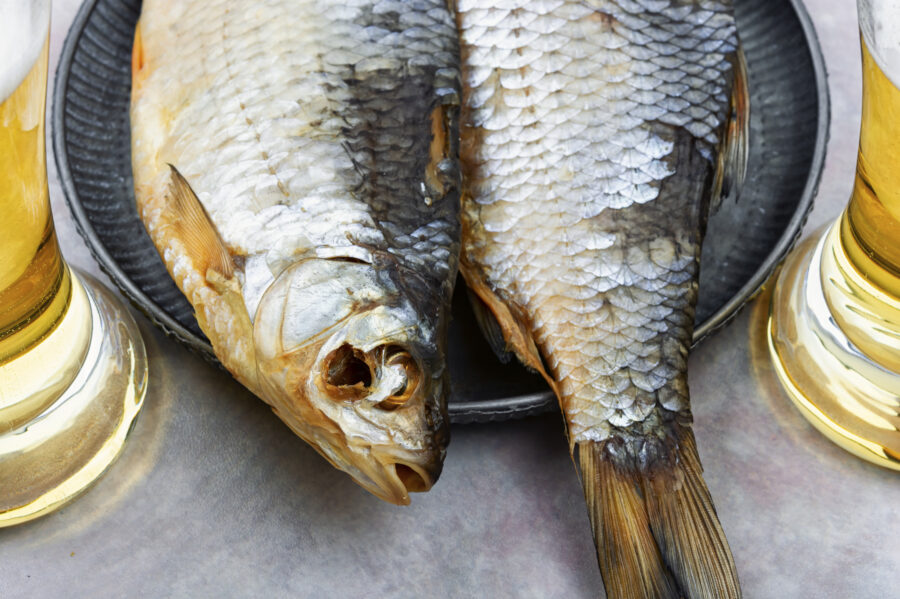
Monastic meals were a little different from regular medieval food. Monks didn’t eat much meat, though dried fish was more common, since Christians don’t view fish as meat.
They seasoned their food with salt and little else. They also ate lots of vegetables, which they usually grew themselves. The specific produce depended on the location.
Eggs were also often incorporated into meals. If you want to eat like a medieval monk, opt for locally-grown root vegetables and dried fish.
Viking Mead Hall Feast Challenge
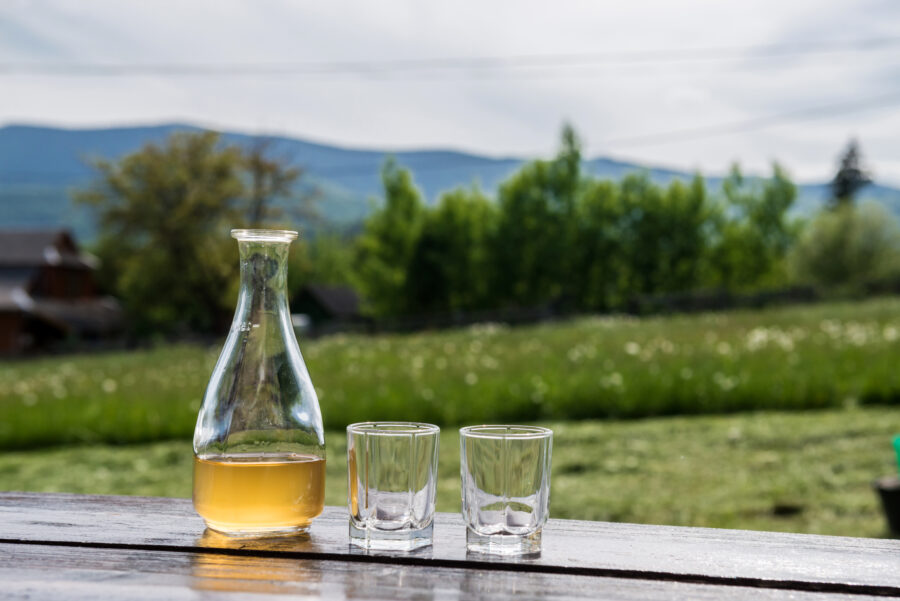
You probably know what vikings are — but what exactly is a “mead hall”? Mead halls were spaces reserved for special events, both festive and political.
Naturally, lots of feasts were held in there. Of course, they’d drink lots of mead. You can make your own mead at home. It’s actually not that difficult.
Mead is made of water, honey, and yeast, for fermentation. You can make whichever flavors you want by adding spices. You’ll drink like a viking in no time.
Ancient Sumerian Food Challenge
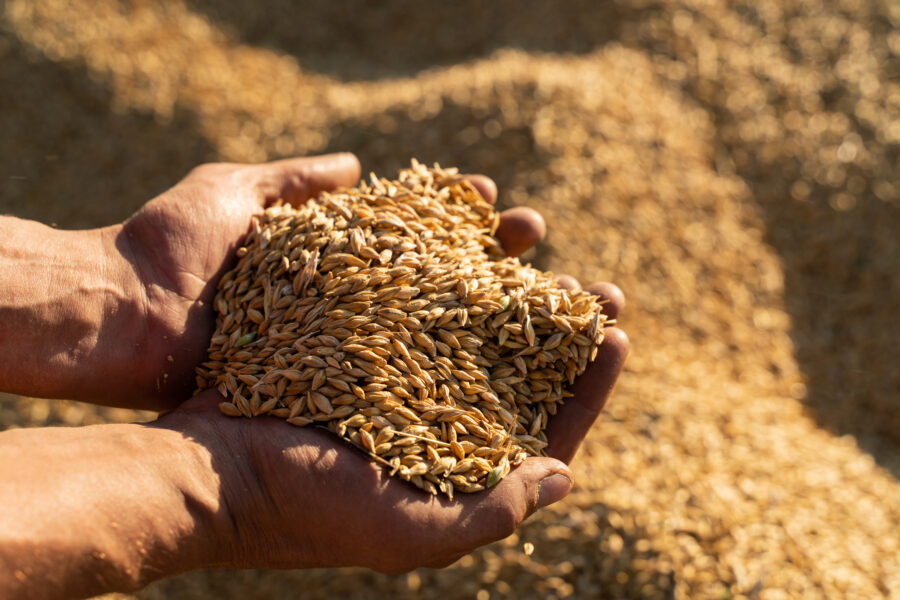
The Sumer empire was an ancient civilization that existed within Mesopotamia. They ate lots of barley, because ancient people everywhere just loved barley.
If you’ve got barley left over from these other food challenges, you’re in luck. A simple meal of barley bread and beer would do nicely.
If you want to involve some veggies, steer clear of tomatoes: Sumerians wouldn’t have had access to those. Instead, go for cucumbers and onions.
Elizabethan Era Cooking Challenge

As with every era in history, the lower classes ate drastically different foods than the nobility. Breakfast wasn’t too distinct for most people, however.
People usually ate the same food they ate throughout the day — meat, bread, sometimes cheese. The rich had people cook for them, though.
You’ll be eating lots of meat for this food challenge. People in Elizabethan England ate different kinds of meat, like lamb, rabbit, and goose, for every meal.
Ancient Egyptian Food Challenge

Want to eat like a pharaoh? Prepare some beef. Beef was an important meat for the ancient Egyptians, enjoyed by the wealthy and mostly reserved for special occasions.
As for sides, you already know what we’re going to say. Come on, these are ancient people. You know they live off of barley bread and beer.
Swap the beer for wine, though, and you’ll be dining like King Tut. As for sweets, they enjoyed honey, as well as grapes and pomegranates.
Ancient Silk Road Traveler’s Challenge
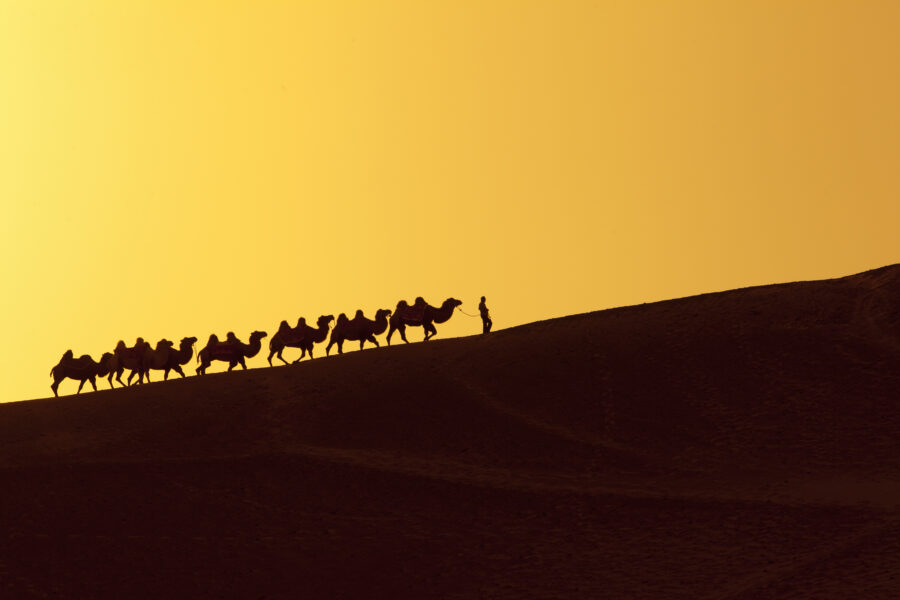
Before Amazon Prime, there was the Silk Road. This trading route connected western Europe, the Middle East, and East Asia, spanning about 4,000 miles.
The quintessential Silk Road food might be pasta. Historians say it originated in Iran, before making its way to China, then traveling to Italy.
Challenge yourself by making a pasta dish from each country. That would be makaroni for Iran, spaghetti for Italy, and lo mein for China.
Pirate’s Provision Challenge
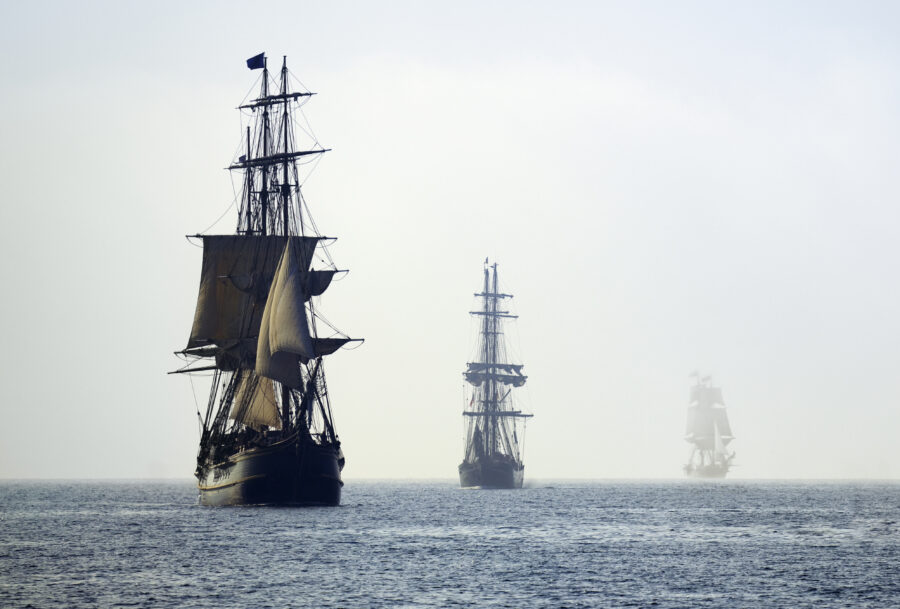
Pirates didn’t eat much differently from sailors. After all, they both needed to store foods on their ships that would keep for a long time.
Hardtack, a bland, thick biscuit, is one such food. It could last a really long time, making it the ideal food to take on your journey.
Since the water they stored wasn’t always safe to drink, pirates would often cut it with rum, making grog. Lime and/or lemon juice was added when available.
Ancient Roman Saturnalia Challenge
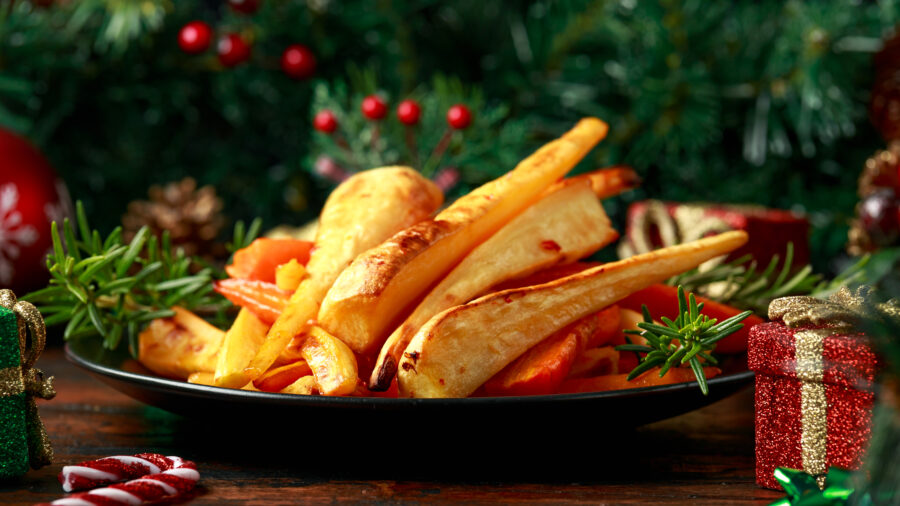
Saturnalia, a winter feast honoring Saturn, is the ancient Roman precursor to Christmas. Everybody decorated with wreaths, exchanged gifts, sang songs… see the inspiration?
Pigs were a part of this feast, given as gifts and offered up as sacrifices to Saturn. So, as part of your food challenge, you can roast pork.
As for vegetables, parsnips, carrots, and turnips were often cooked in oil. They were then served with a sauce made of wine and salt.
Roaring Twenties Prohibition Party
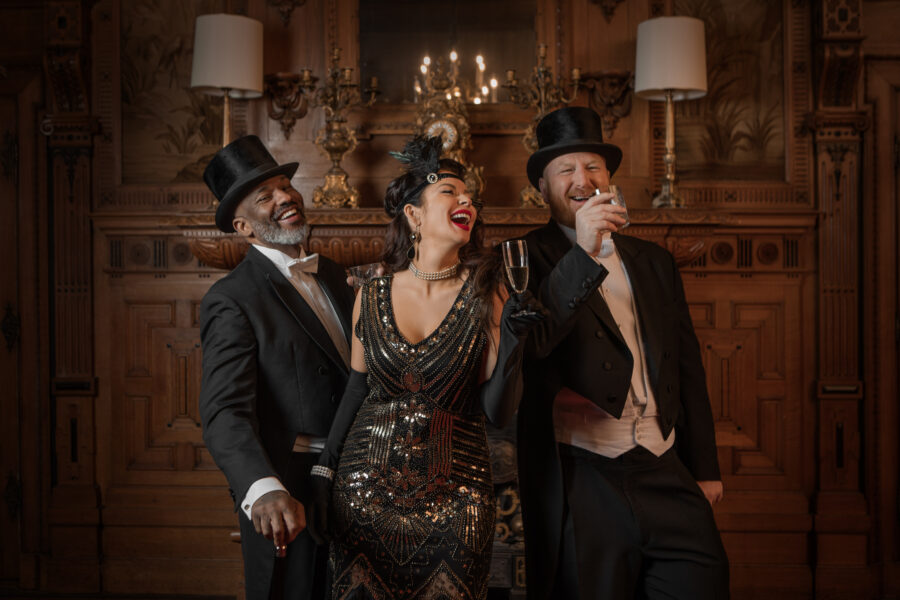
We all know that nobody actually obeyed the laws during the Prohibition-era. The 1920s was instead defined by dancing, parties, and drinking in speakeasies.
So, what were some popular cocktails? The sidecar predates the Prohibition, but exploded in popularity during the decade. It’s made with cognac, triple sec, and lemon juice.
The bee’s knees is another cocktail that’s as 1920s as it gets. There’s multiple variations of the recipe, but it’s typically made with gin, honey, and lemon juice.
What Are You Waiting For?
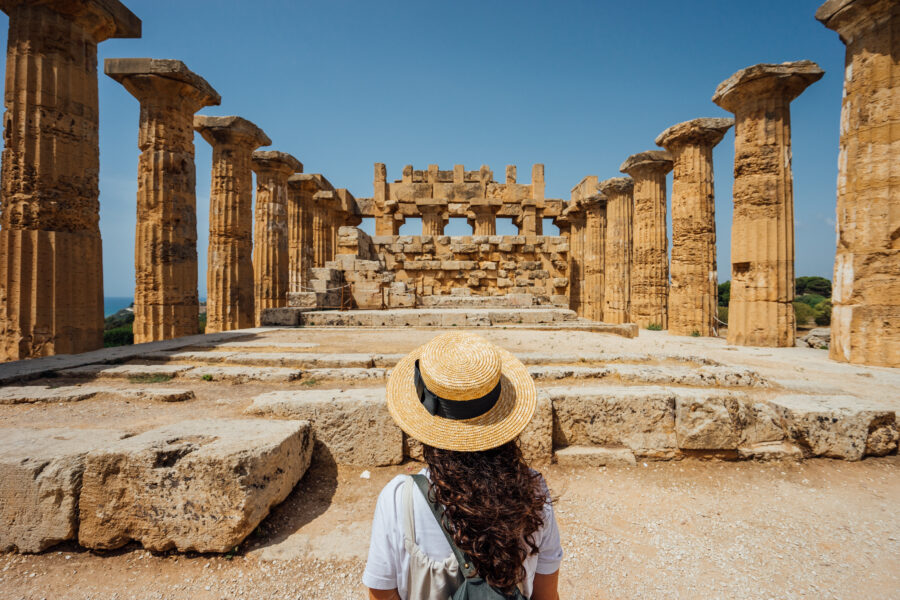
We hope we gave you some cool ideas for food challenges! Some of them might be difficult, but that’s where the fun is, isn’t it?
From ancient Rome to Elizabethan England, historical eras lend themselves well to unique food challenges. You’ll become more confident in both your cooking and historical knowledge.
If we at So Yummy learned anything on this journey through time, it’s that you better stock your pantry with some barley. Bread and beer for the win!

